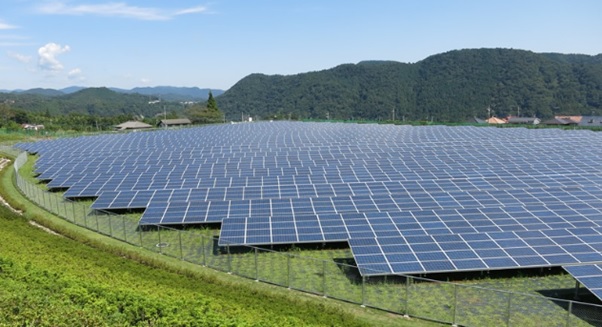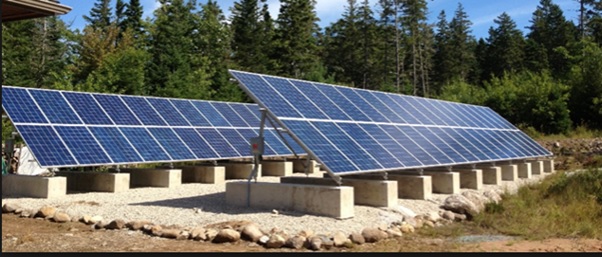Ground-mounted solar systems essentially all work the same—systems anchor to the ground and hold many stacked panels, often two but sometimes three or four panels high. Two rails usually support each panel, whether oriented in landscape or portrait. The anchoring to the ground is the tough part of these installations, as there are many different types of foundations.
A fixed panel support structure is usually positioned to the South in the Northern hemisphere and the North in the Southern hemisphere, to maximize daily production. The axis of a 1-axis panel support structure is usually oriented North-South. In this way, the system captures the sun
- in the East in the morning
- in the South/North at midday
- in the West in the afternoon.





